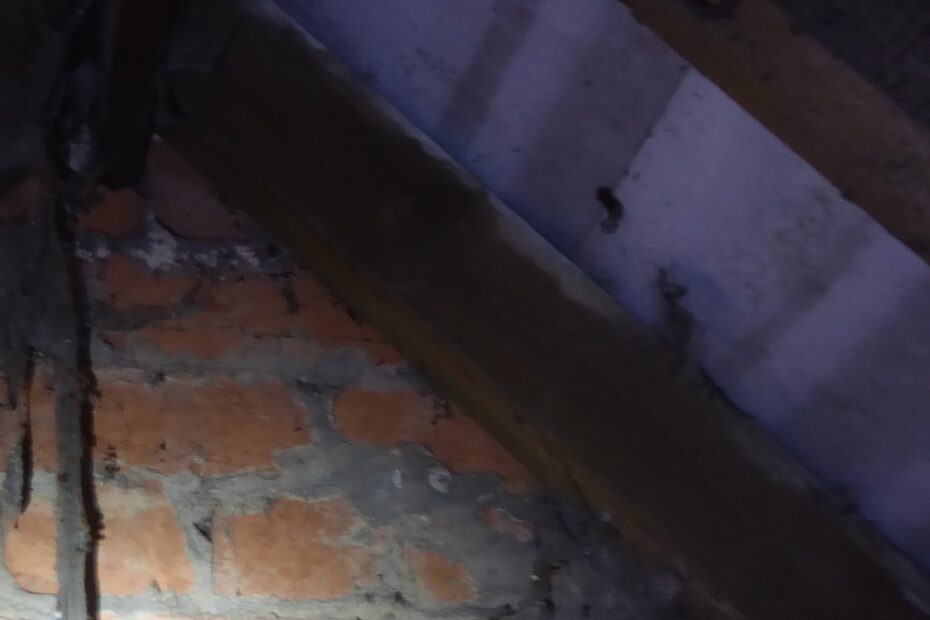Bats in the Belfry: Understanding the Implications of Bats in your House
While bats are fascinating creatures with essential roles in ecosystems, having them take up residence in your house can present a unique set of challenges. In this blog, we’ll explore the implications of bats in your home, from the potential health risks to the ecological significance of these nocturnal visitors. Understanding the dynamics of cohabitating with bats is crucial for both homeowners and the well-being of these winged mammals.
The Unseen Tenants:
Discovering bats in your house can be both surprising and unsettling. Often seeking shelter in attics, chimneys, or wall voids, bats are drawn to warm and dark spaces. While their presence may go unnoticed initially, certain signs like chirping sounds, droppings (guano), or a distinctive musky odour may indicate that you have bats sharing your living space.
Health Concerns:
While bats play a vital role in controlling insect populations, their presence in the home can pose health risks. Bat guano may contain fungi that, when airborne, can lead to respiratory issues for humans. Additionally, bats are known carriers of diseases like rabies. Although direct transmission is rare, any interaction with bats should be approached with caution, and professional assistance sought for removal.
Ecological Importance:
Despite the challenges they may pose to homeowners, it’s crucial to recognize the ecological importance of bats. Bats are voracious insect predators, with a single bat capable of consuming thousands of insects each night. Their role in controlling pests, including agricultural pests, contributes to the delicate balance of ecosystems. Understanding this ecological significance can inform decisions about the humane and responsible removal of bats from your home.
Legal Considerations:
In many regions, bats are protected species due to their declining populations. Before taking any action to remove or exclude bats from your house, it’s essential to be aware of local laws and regulations governing the treatment of bats. Disturbing or harming bats, especially during breeding seasons, may have legal consequences. Consulting with wildlife professionals can ensure compliance with these regulations.
Professional Removal and Exclusion:
If you find bats in your home, it’s advisable to seek professional assistance for their safe removal. Wildlife experts can assess the situation, develop a humane removal plan, and implement exclusion measures to prevent bats from re-entering your home. DIY attempts at removal may not only be ineffective but can also lead to unintentional harm to the bats and potential legal issues.
Preventive Measures:
To avoid future bat intrusions, homeowners can take preventive measures such as sealing entry points, installing bat boxes in nearby trees, and ensuring that outdoor lighting is not attracting insects, which, in turn, attracts bats. Maintaining a well-ventilated attic and promptly addressing any gaps or openings in your home’s structure can reduce the likelihood of bats seeking shelter.
Conclusion:
The implications of having bats in your house are multifaceted, encompassing health considerations, ecological awareness, and legal responsibilities. Striking a balance between coexistence and ensuring the well-being of both humans and bats requires a thoughtful and informed approach. By understanding the implications and seeking professional guidance, homeowners can navigate the challenges of sharing their space with these remarkable and ecologically important creatures.
More information:
Government advice for planning here.
Bats in the Belfry: Understanding the Implications of Bats in the Home
Tweet
